
It is difficult to overstate the fame and influence of the architectural firm McKim, Mead and White–their Newport treasures include Rosecliff as well as Berkeley House, our subject for today. Built for an old Newport family in 1885, the patriarch, Edward King, had made his fortune in the China trade. But Berkeley House’s quirkiness, (quoting the owner) representing a transitional period for McKim, Mead & White from shingled facades to stone in the Beaux Arts style, is exactly what sets it apart from other Newport houses.

The interiors followed suit, addressing the sophisticated needs and tastes of the new moguls of the Gilded Age. When chatting about the aesthetic enjoyment of their home, the owner (an interior designer) begins with the spacious entry hall, a McKim, Mead & White signature. Used in its day as a central gathering place, or living hall, it is the precursor to our modern day “great room.” Removing the existing white paint from the quarter-sawn oak paneling in the foyer was a top priority; its handsome, deep honey color now adds such warmth and appeal to first impressions of the interiors.
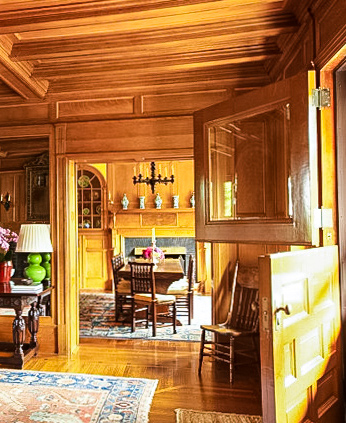
The owner eloquently provides her take on this space, “the architects were capable of transforming the ordinary into the extraordinary. The stairwell here is a case in point. It’s a little space, crowned by an elaborate Palladian window, but it has a ‘story line’ providing expansiveness, glamour and, so importantly, anticipation.”

Ascending and descending the stairs is an experience all its own, giving the family the chance to admire the elegant details of the twisted newels and balusters.

She continues, “ I really do feel like an apprentice, called to respect these talented architects of turn-of-the-century America. That is why I chose to take inspiration from the mini renaissance of creativity that was taking place in the mid to late nineteenth century, updating it with more modern colors and textures.” She clearly has a sure hand with the effective, but difficult challenge of mixing patterns–stripes, toiles, paisley, and ikat, as well as pairing rugs and wallpaper (to include all ceilings.) As seen here in the multifunctional dining room, where breakfast takes place in the window overlooking the garden and twelve can be seated for dinner at the antique refectory table.
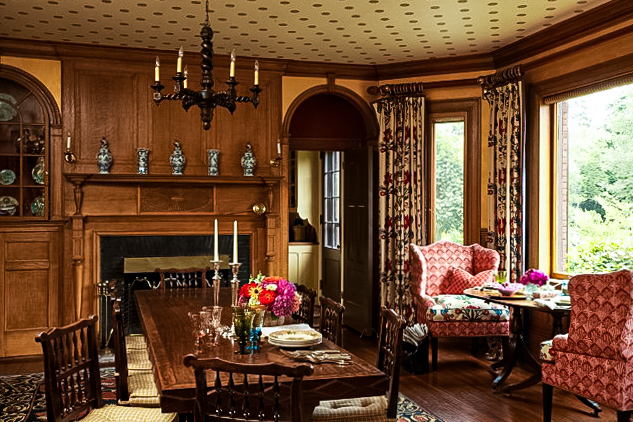
“Pattern is a visual jazz, and like jazz, the overlapping sounds create a complexity that is entertaining,” she offers, which is so very apparent in the library.
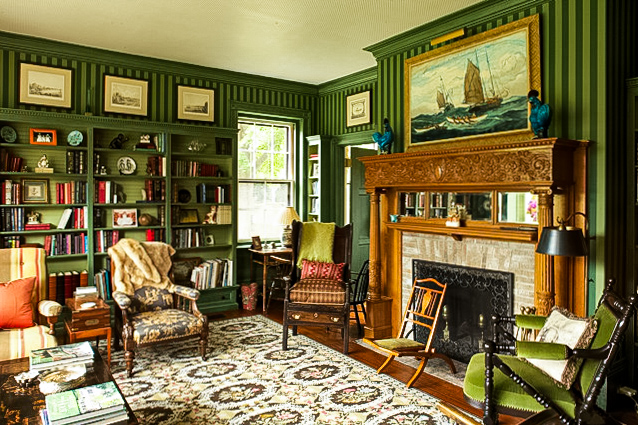

Her design talents include a specific interest in fixtures, particularly in the bathrooms and kitchen, a play once again on nineteenth-century creative sensibilities “in which nothing was too ordinary to be beautiful or decorative.”
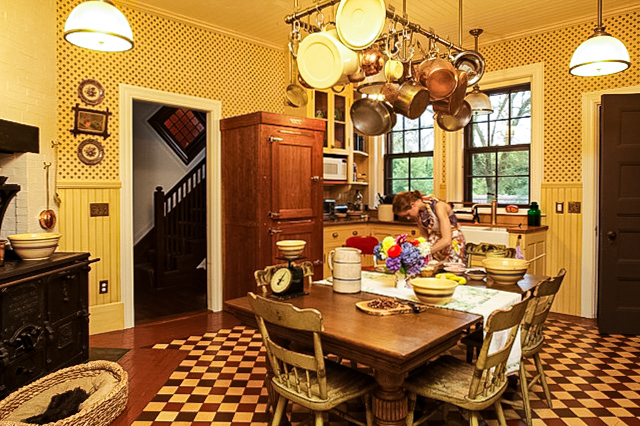
A new Lacanche French range appears to be the same vintage as Berkeley House. She provides a favorite anecdote,“Berkeley House spoke to me,” even though the first time she saw it she had no idea that she would ever live here. “The original kitchen floor tile fascinated me so much that I went home and immediately drew it, putting the sketch in a scrapbook, thinking ‘if I ever do a kitchen. . .’ A few years later, after we’d moved in, I found a new run of the same tiles, using them to expand the larder in the kitchen.”

Given its nine bathrooms and bedrooms, and their architectural details like sloped ceilings, she had many opportunities to show her talents. Which came in handy when the entire family (three generations) was quarantining during Covid.


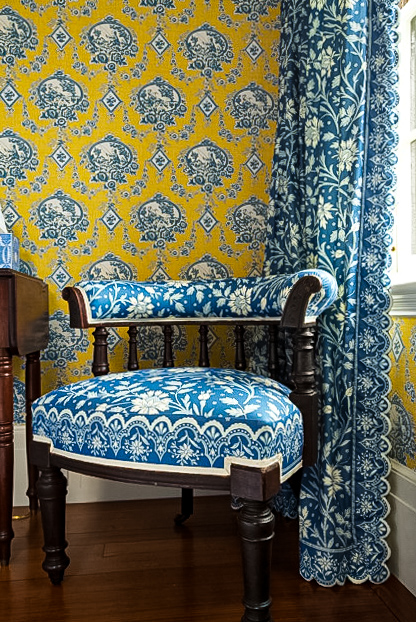
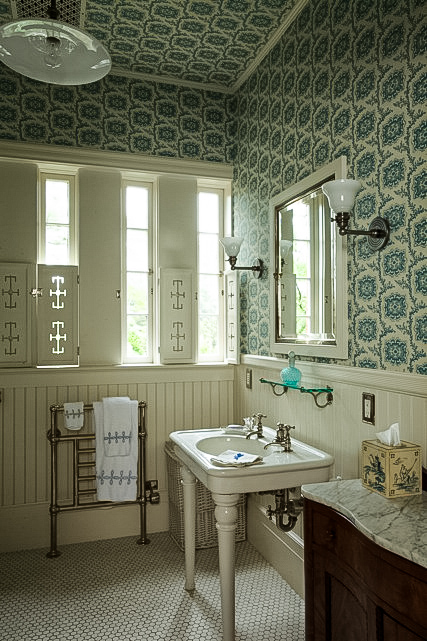
As I drive by my friend’s house now, I see another example of her commitment to maintaining this 135 year old historic masterpiece of which she and her husband are stewards. The roof is being replaced (there is only one quarry that still carries the original, and unusual, “Red Vermont” slate) and the stone and brick exterior is being repointed. No small undertaking…

This wouldn’t bear the hallmark of a “Private Newport” post if I didn’t mention a coincidental bit of McKim, Mead & White history. Frederick King, son of Leroy King (who commissioned Berkeley House), attended Harvard with Stanford White’s son, Larry. The two classmates dined with the architect on June 25, 1906; later that night White was shot and killed by the husband of one of his former lovers, an incident that titillated New York society. Newport is never without it’s stories.
Interior design by Alice Ross Interiors

All photos credit, Mick Hales.




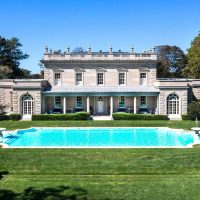


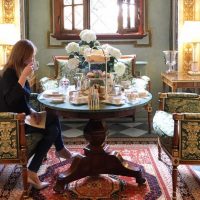
What a great article,Bettie! It has a little something for everyone, including scandal lovers. XX
Merci!! And I knew you’d want me to add the scandal part….xB
Wonderful! It is so good to focus on something so charming. LOL ,Elsie
Always aspiring to spice and spicier XX
Another great article. I so respect the love, care and respect the owners are showing this wonderful home.